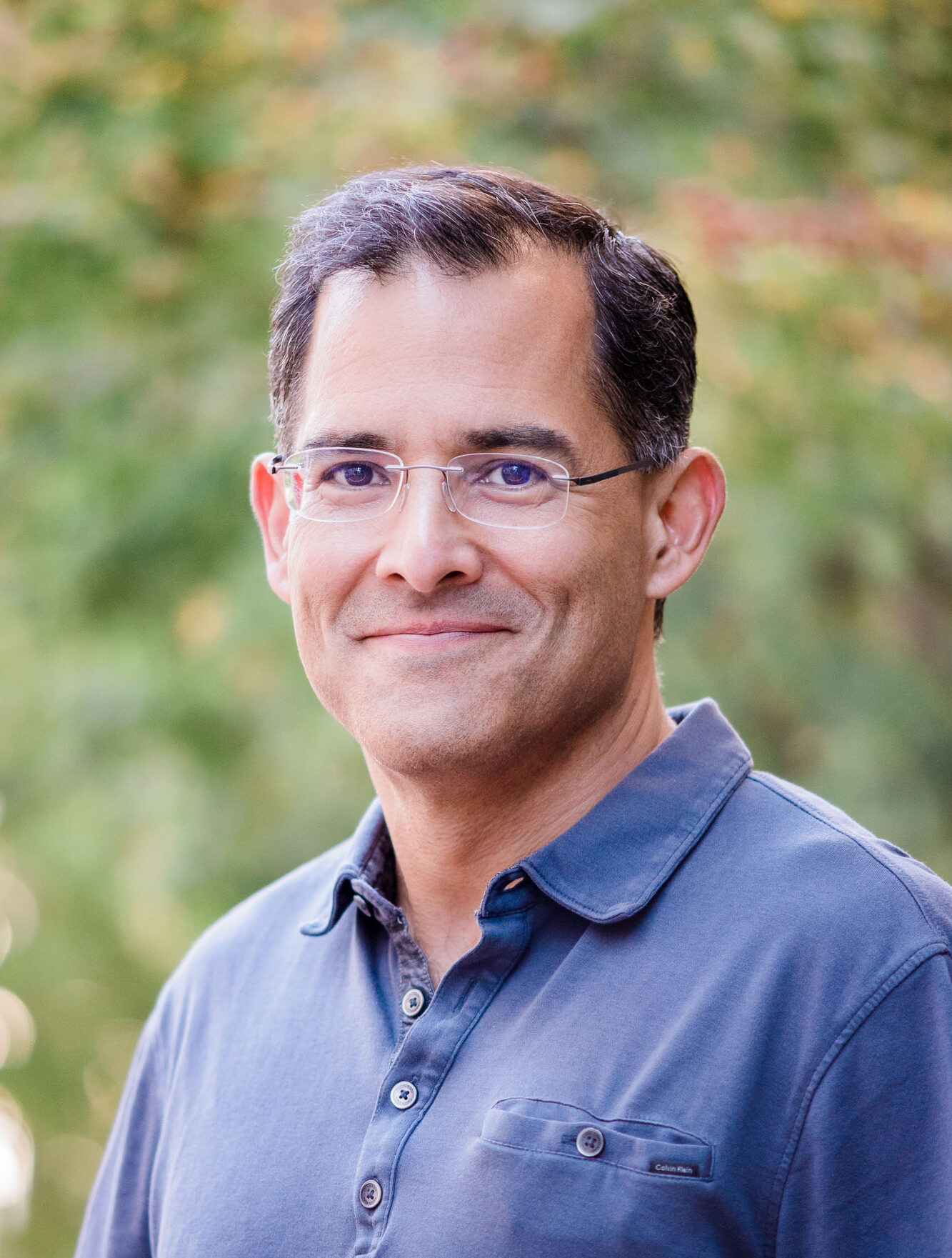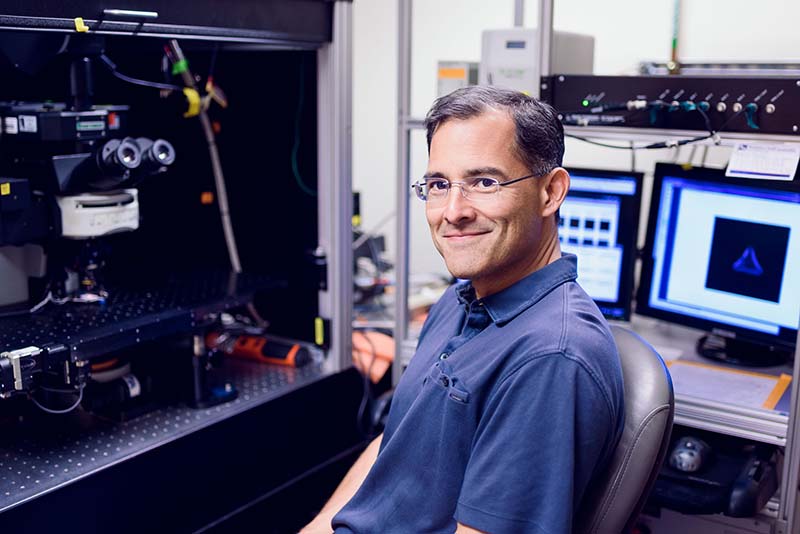
David Schaffer
BioengineeringChemical and Biomolecular EngineeringMolecular and Cell BiologyDavid Schaffer is a Professor in the Departments of Chemical and Biomolecular Engineering, Bioengineering and Molecular and Cell Biology.
Project Description
Advancing Gene Therapy Systems Through Investigating Mechanisms of Adeno-Associated Virus Replication
Gene therapy – the delivery of therapeutic genes to treat disease – has been increasingly successful in the past 10 years. In particular, delivery vehicles or vectors based on the adeno-associated virus (AAV) have achieved success in clinical trials for rare diseases including hemophilia B, hemophilia A, spinal muscular atrophy and others. However, natural AAV did not evolve as a pharmaceutical gene delivery vehicle, and the difficulty of producing sufficient quantities of AAV to treat incurable diseases is a major impediment to the goal of bringing gene therapy into routine clinical use. Therapeutic AAV vectors are obtained by purification of virus particles produced within infected host cell lines grown in tissue culture. David Schaffer is using high throughput approaches to engineer cells for enhanced AAV vector production. With the support of the Bakar Fellows Program, he will use this information to engineer improved AAV vector production systems by creating virus producing cell lines that can generate many-fold higher levels of AAV vector than the current industry standard, bringing gene therapy one step closer to feasibility.
David Schaffer’s Story
It’s a rare disease, but it changes a life forever. A child who inherits two defective copies of a gene vital to retinal cells can be blind before the age of ten. There has been no cure for the disease, but late last year, the FDA approved a strategy using gene therapy to restore vision in children with the disorder, known as Leber’s congenital amaurosis type 2.
The treatment is one of the first gene therapies to be approved for clinical use – a long-awaited milestone in a field that has struggled for 30 years.

Photo credit: Mark Joseph Hanson
But major technical and biological hurdles continue to slow gene therapy progress. With support from the Bakar Fellows Program, David Schaffer, professor of chemical and biomolecular engineering, bioengineering, and molecular and cell biology, is developing a technology to jump the hurdles. He is working on the project with his graduate student, Chris Barnes, a Bakar Innovation Fellow.
Gene therapy aims to replace defective genes with healthy genetic material to allow normal function. For new genes to supplant defective ones, treatments must reach their target cells, overcoming physical barriers and immune defenses evolved to protect cells and tissues from foreign invasion.
The most promising delivery strategy so far has been to package the restorative healthy DNA inside a harmless human respiratory virus, and use the virus to ferry the genetic material into damaged cells.
The virus most commonly used is known as an adeno-associated virus, or AAV. But so far, it’s not efficient enough at reaching most target cells, Schaffer says. Hundreds of billions of copies of the virus carrying the replacement gene must be administered to the eye, for example, and far higher doses are needed to develop treatments for diseases in other tissues.
“There’s a company right now that is carrying out clinical trials to treat muscular dystrophy with gene therapy,” he says. “The amount of genetic material – and so the number of viruses — they need to use is astronomical. At this point, they need to carry out one manufacturing run for each patient. That is not going to be practical at all.”
In his earlier work, Schaffer used directed evolution technology to slightly change the genetic makeup of AAV in search of the variants that are best at getting the job done.
After screening hundreds of millions of variants, he identified one with more than a hundredfold higher efficiency at reaching target cells in the eye. He has since used the approach to create optimal viruses for brain, muscle, lung and other tissues.
In their Bakar-supported research, Schaffer and Barnes are tackling the problem from the other end: instead of only modifying the virus, they are also engineering the kidney cells that are used to manufacture the virus, in search of variants better able to support virus survival and reproduction. They think that a two-pronged attack should yield enough normal DNA to replace defective genes in a range of genetic diseases.
Powerful new CRISPR Cas9 gene editing technology has allowed Barnes and colleagues in the Schaffer lab to generate 20,000 genetic variants. Barnes has used a high throughput screening process to winnow down the roster, and he’s now assessing the “top hits” – kidney cells with genetic changes that best support AAV replication.
He has found that some genetic changes allow cells to generate up to ten times more virus– a major improvement that Schaffer expects will find its way into industry quickly.
“If a company is having a hard time manufacturing enough virus, and you demonstrate a tripling of production, they will quickly take interest,” he says.
Barnes finds the research compelling. “It’s really interesting to work on a project where I can see how this technology could be used immediately.”
So far they have determined that one variant is somehow linked to greater resistance to the natural process of programmed cell death when the cells are stressed. Another gene variant appears to be necessary for cells to divide normally.
Schaffer and Barnes expect to spend the next few months confirming their results and demonstrating that gene-ferrying viruses generated by the modified cells function normally. They plan to soon work with the university’s Office of Technology Licensing to secure a patent.